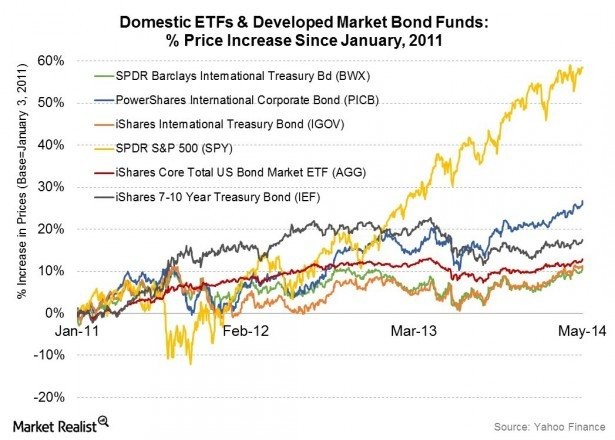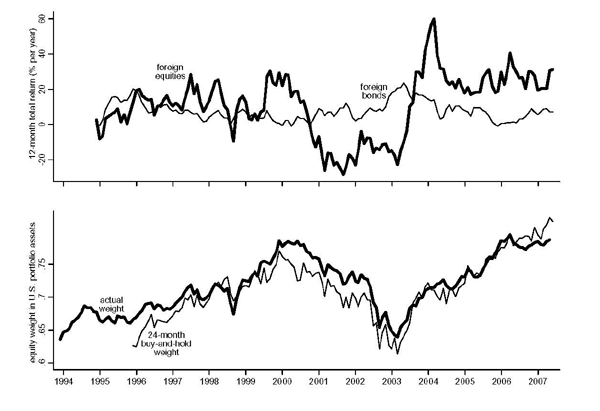Foreign Bond Investments
Post on: 16 Март, 2015 No Comment

The tax rules applicable to investments in corporate bonds are generally much more complicated than the rules that apply to corporate stocks. When the bonds are foreign bonds and are not registered with the U.S. S.E.C. and do not report to the I.R.S. the complexities increase substantially. With a U.S. company, the tax treatment is determined by the company and then reported on an information return to the IRS and to the investor. With a foreign bond, the investor may need to hire a tax professional to try to determine the proper tax treatment of different kinds of debt payments.
As a general rule, if a U.S. investor is able to invest directly in debt instruments (bonds) issued by non U.S. corporations, the tax treatment would be the same as investing in a debt instrument or bond issued by a U.S. corporation. In a simple case where the investor buys a bond at face value, the interest paid is taxable as interest income. The same would be true of a foreign bond, although there could be some currency gain or loss unless the bond was purchased in dollars. However, bonds are often purchased at a discount (or a premium) from the maturity (face) value. Depending on whether the discount was an original issue discount or is due to fluctuations in the market interest rate, the tax treatment will vary. Where a discount arose at the time the bond was issued (original issue discount or OID), it should be treated as an adjustment to the annual interest over the life (term) of the bond. In the case of a bond premium, the taxpayer usually has an option to amortize the premium over the term of the bond or to treat it as an ordinary loss when the bond is sold or matures.
If the bond is issued by a corporation in a country that imposes an income tax on investment income, the investor will usually be subject to a withholding tax from the foreign country. Generally, that tax can be claimed as a credit against any U.S. taxes due on that same income, as a foreign tax credit on Form 1118 for individuals or Form 1116 for corporations.
When bonds are purchased or sold, it’s usually between the dates when interest is payable. Thus, there is some amount paid or received for the bond that represents accrued interest that is earned but not yet payable. These amounts should be treated as adjustments of the amount of the income received from the bonds.
All of this assumes that the U.S. investor will be able to make a direct purchase of a foreign bond without going through a foreign trust, foreign controlled corporation or foreign partnership. When those entities are used to gain access to foreign investment markets, they add greatly to the cost and the complexity of buying foreign bonds. However, if the investor buys the foreign bonds through a foreign mutual fund, investment company or unit investment trust, the taxpayer is generally going to be faced with having to determine how to compute his or her share of the income of that entity an and then trying to figure out the U.S. tax treatment of that income.

As a general rule, the least expensive and complicated way for small investors to invest in foreign bonds is to buy them through a U.S. mutual fund or to buy bonds that are registered in the U.S. and are listed on one of the U.S. securities exchanges.
Generally, any non U.S. person who buys the bonds of a U.S. corporation will be subject to a withholding tax of 30% of any interest paid, subject to the terms of any treaty with the country where the foreign investor is a resident or citizen. However, interest on bonds issued by the U.S. government or by certain U.S. financial institutions are usually tax free for non-resident alien investors. In addition, interest on certain debt obligations of U.S. corporations that are only available to foreign investors are usually tax free to the foreign investor.














